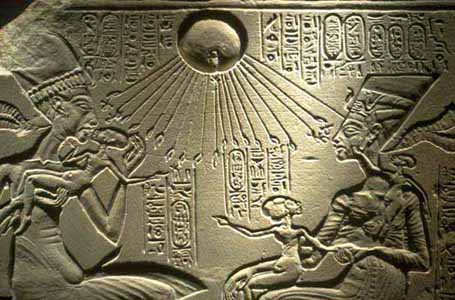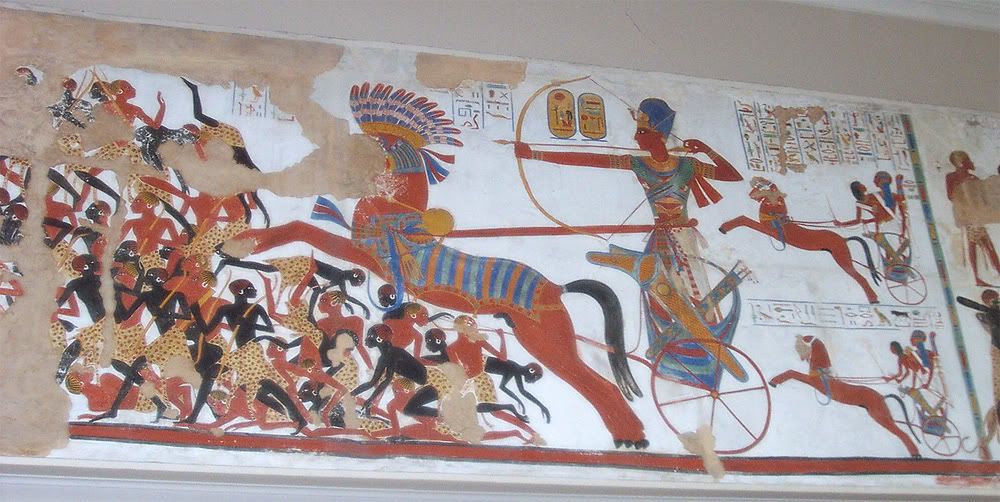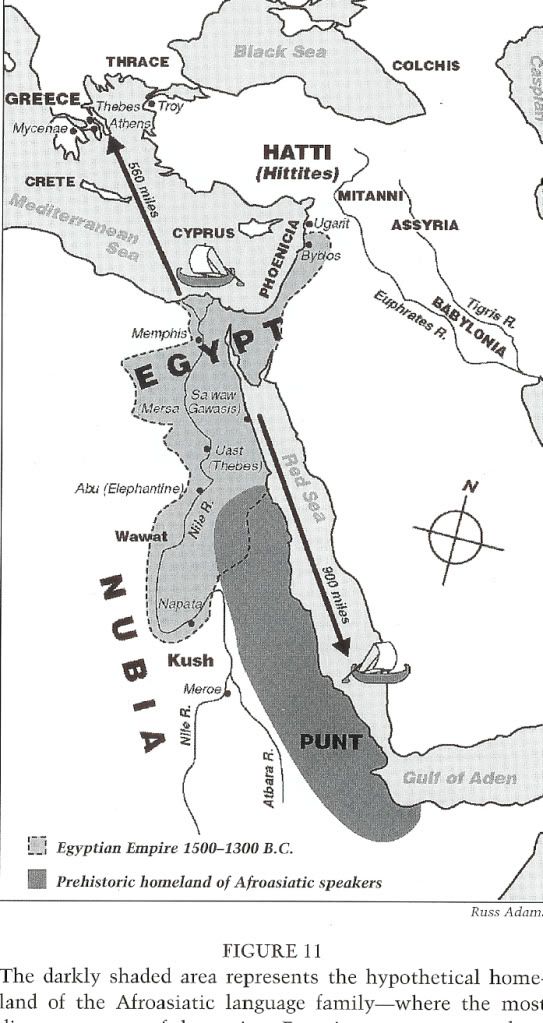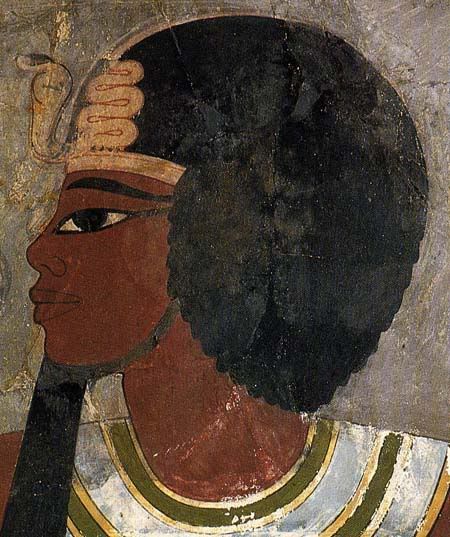Mentuhotep23
Warlord
- Joined
- Oct 16, 2009
- Messages
- 169
Let me give you some examples of what I am talking about:
The oldest Hindu books, again, speak of the Dasyas as a black race, and most of the internal tribes we have described are found to be very much darker than the Hindus and the Mahomedans by whom they are surrounded, which may be accepted as another proof of their antiquity, since they must have occupied their present habitations in their distinctness from time anterior to or coeval with the establishment of the Hindu and Mahomedan races around them, and refused ever after to intermix with them.
- The Wild Tribes of India - Page 209
The native races of Australia and the Polynesian groups of islands are divided into two main types known as the dark and light Polynesian. The dark type, which is black, is of a very low order, and in some of the islands still retains its cannibal habits. The aboriginal tribes of Australia are of a low-class black race, but generally peaceful and inoffensive in their habits.
- The encyclopædia britannica: a dictionary of arts, sciences, ...: Volume 4 - Page 607
So there's really no way to objectively draw conclusions about who fits into these categories because they are themselves subjective. They differ from region to region, person to person and change over time. What is most helpful in these discussions is to discuss "real" physical characteristics.
The oldest Hindu books, again, speak of the Dasyas as a black race, and most of the internal tribes we have described are found to be very much darker than the Hindus and the Mahomedans by whom they are surrounded, which may be accepted as another proof of their antiquity, since they must have occupied their present habitations in their distinctness from time anterior to or coeval with the establishment of the Hindu and Mahomedan races around them, and refused ever after to intermix with them.
- The Wild Tribes of India - Page 209
The native races of Australia and the Polynesian groups of islands are divided into two main types known as the dark and light Polynesian. The dark type, which is black, is of a very low order, and in some of the islands still retains its cannibal habits. The aboriginal tribes of Australia are of a low-class black race, but generally peaceful and inoffensive in their habits.
- The encyclopædia britannica: a dictionary of arts, sciences, ...: Volume 4 - Page 607
So there's really no way to objectively draw conclusions about who fits into these categories because they are themselves subjective. They differ from region to region, person to person and change over time. What is most helpful in these discussions is to discuss "real" physical characteristics.

 Up until now I've NEVER seen anyone dispute the modern practice of studying genetics. Again the primary reason for the use of Y-DNA is to track human Evolution and migration patterns throughout history. Let me say that again OOA has for the most part been confirmed through tracking Y-DNA. I mean seriously the reason why I'm ignoring parts of your post is because what I find you attempting to debate (which is not even the subject at hand) is pretty much absurd (IMHO) and is not something that I'm willing to entertain at this point. For goodness sakes what other scientific practice do you take issue with when it comes to determining the answer to the OP, I mean you really ran down the list?
Up until now I've NEVER seen anyone dispute the modern practice of studying genetics. Again the primary reason for the use of Y-DNA is to track human Evolution and migration patterns throughout history. Let me say that again OOA has for the most part been confirmed through tracking Y-DNA. I mean seriously the reason why I'm ignoring parts of your post is because what I find you attempting to debate (which is not even the subject at hand) is pretty much absurd (IMHO) and is not something that I'm willing to entertain at this point. For goodness sakes what other scientific practice do you take issue with when it comes to determining the answer to the OP, I mean you really ran down the list? 
 .... please save it! YOUR opinion of my analysis of this issue is of the least concern to me, based on your unwillingness to accept the obvious. As far as "allegiances" go it wouldn't be a stretch to say that your mindset probably isn't to far from those who actively participate on the site that kick started my interest in this topic (won't mention it).
.... please save it! YOUR opinion of my analysis of this issue is of the least concern to me, based on your unwillingness to accept the obvious. As far as "allegiances" go it wouldn't be a stretch to say that your mindset probably isn't to far from those who actively participate on the site that kick started my interest in this topic (won't mention it).















